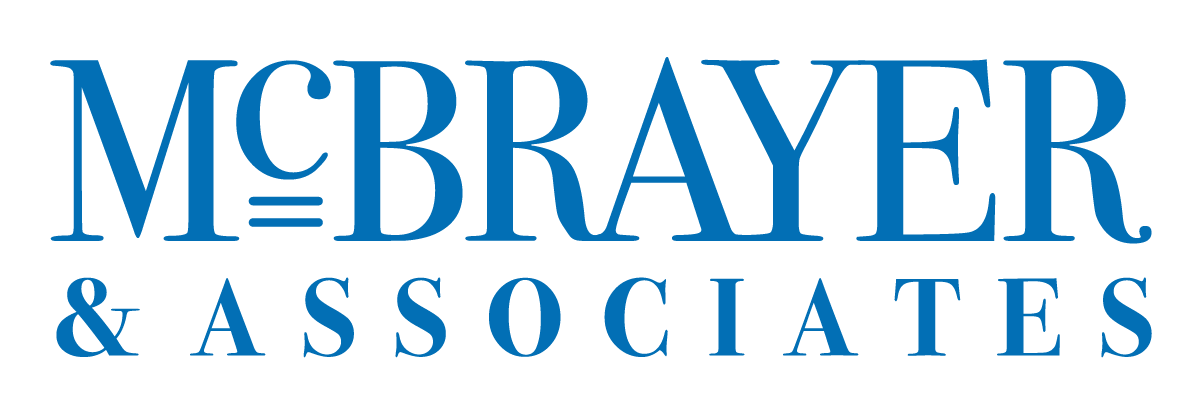2 Best Steps to Success in Your Smart Goal Setting Template

If your smart objectives are set well, they push you out of your comfort zone. How do you stay on track of your smart goals template in the face of anxiety and fear?
Although goals are easy to measure, lead activities usually are not. Lead activities are the things you do, the actual steps to success in achieving your goal. For example, look at these smart goals examples.
If you wanted to lose weight, you’d write your smart objective like this:
I want to lose X lbs. by [when]
But in order to achieve that goal, you need the steps to success to get there, you need your lead indicators. Program on Persuasion has identified two qualities that every lead indicator needs to have: they need to be both predictive and influenceable.
Smart Goal Setting Template
Your lead indicators should be predictive in that they predict the goal. So, if we continue to execute on the lead activities, that action alone will move us toward achieving the goal.
The quality of being influenceable means that the lead indicator is within your power to achieve. In other words, you cannot delegate or postpone it while you attend to something else.
Click here to view Program on Persuasion’s eBook on Customization and Execution of your goals.
Identifying Lead Indicators
Depending on your goal, identifying your lead activities can be difficult. Program on Persuasion’s corporate sales training asks you to establish a sales-revenue goal. If you are also setting a sales-revenue goal, our program can help by identifying the lead activities to bring your goal into reality.
The three lead activities are what our entire program has focused on teaching. The three lead activities are how well you can execute the three Tools of Persuasion—remember, the Educational Briefing, Discovery Questions, and a Persuasive Proposal.
Deliver an Educational Briefing
Qualifier: When do you deliver a briefing?
You should prepare an education-based briefing each time that you engage with a target—a target can be a prospect, key account, opportunity account, etc.
You should use a prop such as a powerpoint presentation, a graph, a picture, etcetera, to begin the briefing. Remember, the intent is to establish trust and create rapport, so you don’t need to finish the briefing—just start it.
Track the Urgent Responses
Track the number of urgent responses you hear from the buyer. An urgent response is usually triggered by one of your discovery questions, but not always. The key to succeeding at this indicator is active listening.
It’s not enough that you, the seller, recognize it, but because of the Principle of Congruency, the buyer must actually say it.
An urgent response consists of either a problem, opportunity, or a negative consequence of not obtaining the goal or fixing the problem. Finding and remembering these urgent responses are the building blocks of your persuasive proposal.
Generate a Persuasive Proposal
In this phase, we actually build the proposal, but we don’t necessarily present it. In tune with our modules on the third tool (the Persuasive Proposal), there are three aspects on which you should focus:
- Create the Strong Start—Initiate
- Contrast Your Offer—Differentiate
- Prove It—Validate
The Bottom Line
The key to achieving your goal is taking daily action on your lead activities. The entire sales process boils down to these three steps to success. One, at the Top of the Funnel, we create trust and establish rapport by delivering the Educational Briefing. Two, in the Middle of the Funnel you create urgency by using Discovery Questions to reveal urgent responses. Three, in the Bottom of the Funnel, you generate preference by forming a persuasive proposal.
If you do these three things consistently, you will push past the valley of despair (from the Emotional Cycle of Change) and achieve your desired state.
Photo by Brandon Redfern.
